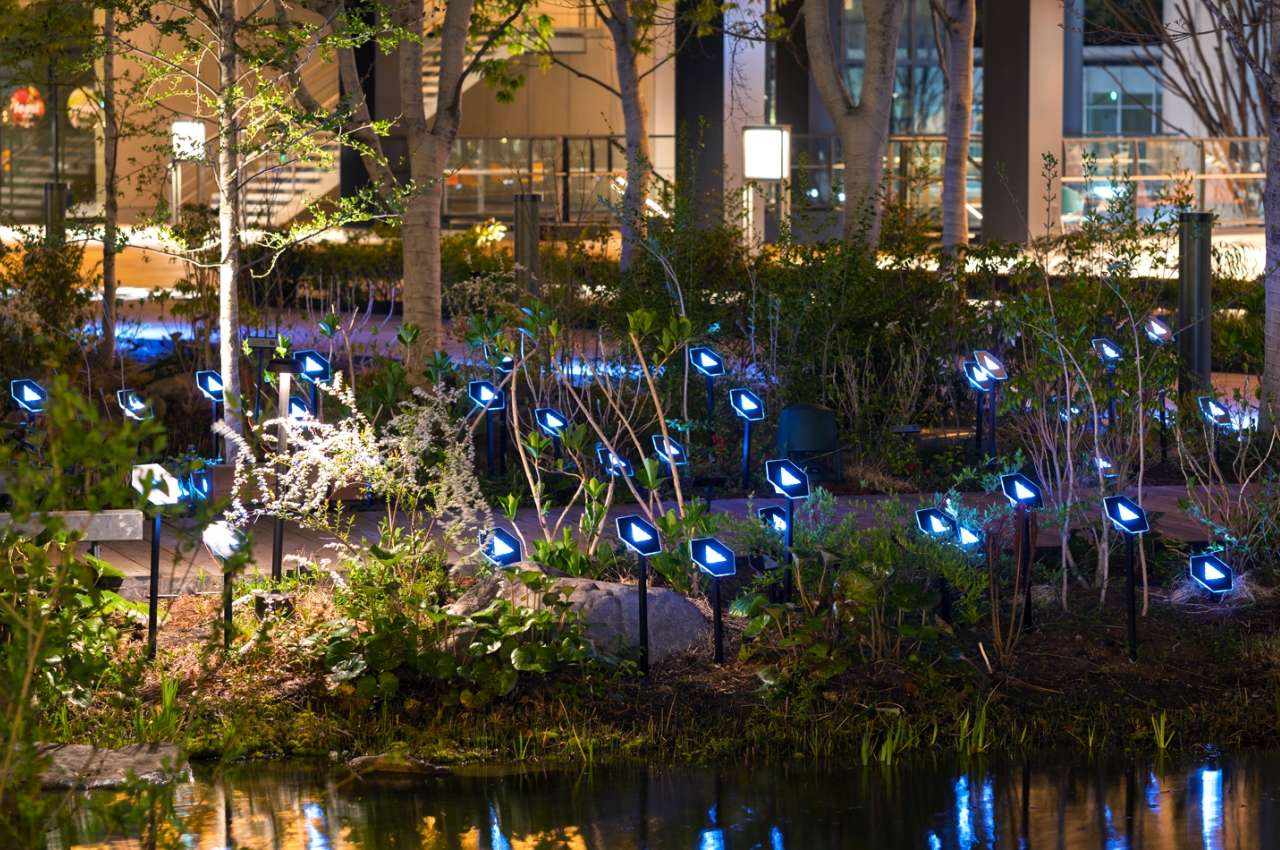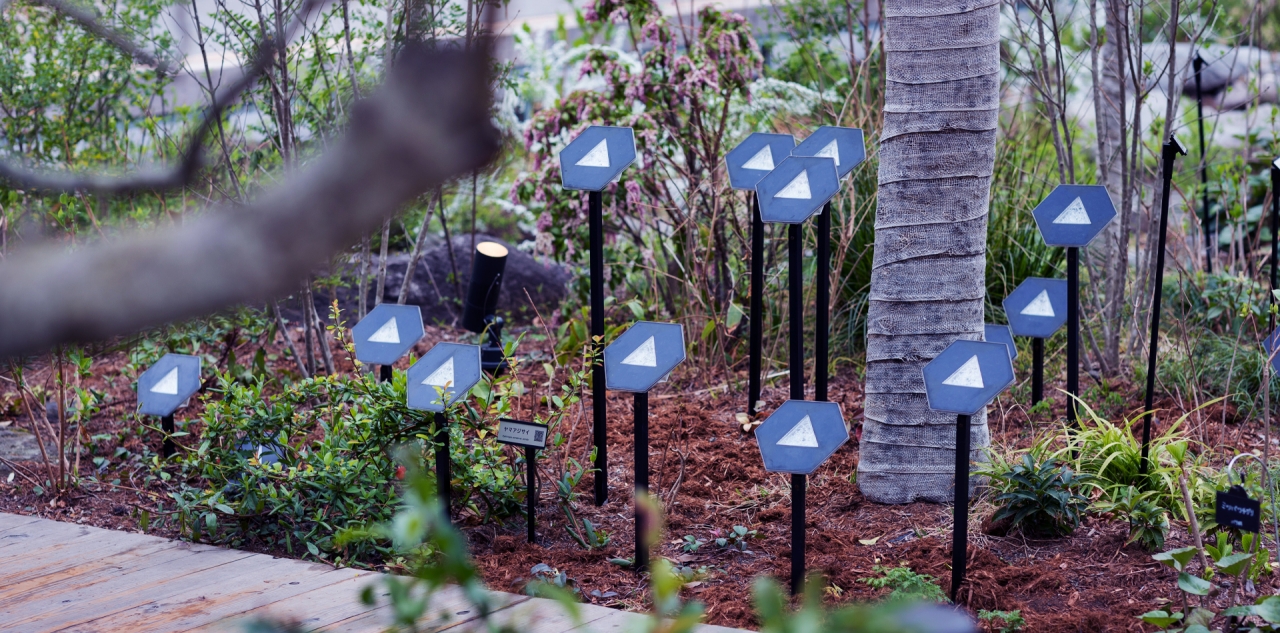Move over Tamagochi. This “digital organism” can live in nature and survive any weather without any human intervention while looking great at night, too!
Art installations that blend technology and nature are nothing new, but many simply take inspiration from nature in terms of design or structure. These installations also take up a lot of time and effort to maintain, not to mention electricity that could be used for more important purposes. That’s where Werc’s collection of light and sound installations comes in, taking inspiration from nature not in the way they look but in the way they “live” in nature, just like normal biological critters.
Designer: Werc Studio


Tane is described as a self-reliant art installation and a “digital organism” at the same time. It’s completely electronic, with no organic components, but it mimics how groups of organisms behave, especially when the weather is involved. At its most basic, each Tane, which is the name for both the group as well as individual “organisms,” is a solar-powered outdoor LED lamp. What makes it different is how it responds to the weather and to its neighbors, almost like a living creature.
During the day, it tries to soak up as much sunlight as it can while emitting a gentle noise that could call to mind daytime critters like insects and even birds. Tane starts its light show at night, but how it displays its lights is dependent on so many different factors, including the weather, that it almost feels random. Each night can be a different experience, and when all units in a Tane are fully charged, the art installation goes over the moon with a dazzling display of lights.
Tane is actually the third of Werc’s “Lumo” family of digital organisms. All three are also self-sufficient to a certain degree and communicate with each other like a flock but also respond to their environments in different ways. Pixi attaches itself to trees and reacts to temperature and humidity, while Lily floats on water and reacts to waves. Tane and its cousins not only how art and technology can be inspired by nature but how they can also learn from it to produce visually satisfying and also sustainable designs.